New Asia College began as the Asia Evening College of Arts and Commerce. It was founded in 1949 by Mr. Ch’ien Mu, Mr. Tang Chun-i, Mr. Tchang Pi-kai, and other scholars. Their objective was to establish an educational institution that could integrate the scholarly spirit of the Song and Ming academies, and the tutorial system of western universities. With humanity as its basis, the College also aimed to facilitate cultural exchanges between East and West, and to advocate for peace and the well-being of the human race. In the early days of its establishment, the College was small in scale, with only dozens of teachers and students. Three classrooms in Jordan Road were rented for teaching at night. There were only three departments at that time, namely, Language and History, Philosophy and Education, and Economics. With the assistance of Mr. Wang Yueh-feng, the College rented the second and the third floors of nos. 61, 63, 65 Kweilin Street in Sham Shui Po as the school premises. The College was then restructured, and changed its name to New Asia College in March 1950, followed by the addition of the Business, Agriculture, and Journalism and Sociology departments. The Department of Agriculture was closed down as it was unable to set up an affiliated farm, and the Department of Journalism and Sociology followed suit due to space limitations. Mr. Ch’ien, Mr. Tang, and Mr. Tchang took up posts as Department Chairs of Language and History, Philosophy and Education, and Economics respectively, while Mr. Yang Ju-mei headed the Department of Business, and Mr. Vermier Y. Chiu, a barrister, acted as the Legal Advisor. At that time, New Asia College was blessed with a teaching team of renowned scholars, including Mr. Ou Tsuin-chen, Mr. Lo Hsiang-lin, Mr. Cheung Wai-Hon (transliterated), Mr. Leung Hon-Cho (transliterated), Mr. Chan Pak-Chong, Prof. Chen Chao-shung, and Mr. Lo Mon-Ca (transliterated).
Two months after the first semester started, Mr. Wang Yueh-feng’s business suffered tremendous losses, and he could no longer support the College, which soon fell into a financial crisis. To raise funds, the founders of the College went out to collect donations. Mr. Tchang and Mr. Tang frequently wrote in local newspapers and donated their royalty payments. Mr. Ch’ien met with Chiang Kai-shek, the President of the Republic of China, in Taipei, who promised to donate a monthly stipend of HK$3,000 to solve the pressing need of the College. In 1951, the number of students was just above 80. Most of whom were young exiles from the Mainland, and only one-third of them could afford the tuition fees. Under these distressed times, the teachers were paid hourly, with each earning a monthly salary from $80 to $100. In addition to regular courses, the College also hosted public cultural seminars every Sunday evening at Kweilin Street, all of which were fully attended by enthusiastic audiences. The seminars were soon widely commended by all parties, and the reputation spread far and wide.
Since 1953, New Asia College has gradually received support from the Hong Kong society, the local government, and even international organisations, notably the Asia Foundation, the Yale-in-China Association, the Ford Foundation, the Mencius Foundation, the Harvard-Yenching Institute, and the Rockefeller Foundation. The Yale-in-China Association was the most important patron in the early days. They started cooperation with the College in 1954. With their backup, the College could not only set up a new campus, but also build up its library collection. The discrepancies between the annual operation expenditure and funding would be settled by it. With all these aids, the College set up the Institute of Advanced Chinese Studies directed by Mr. Ch’ien in Prince Edward Road in 1953. During this Kweilin Street Period, the “Spirit of New Asia” through which teachers and students fought for their ideals was the most relished.
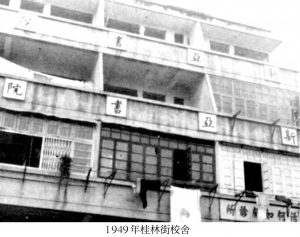 |
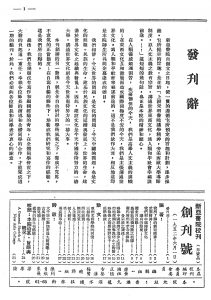 |
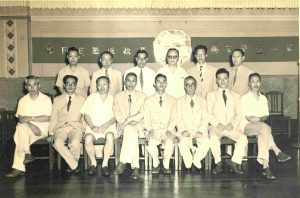 |
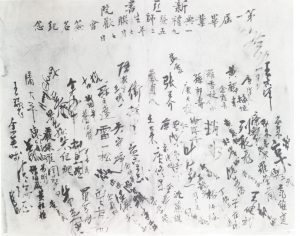 |
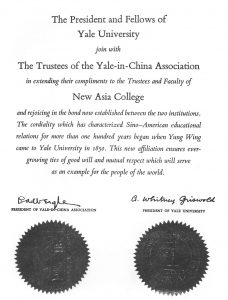 |
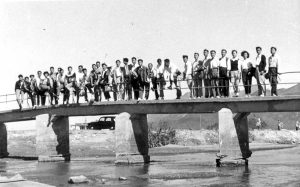 |
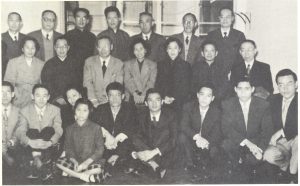 |
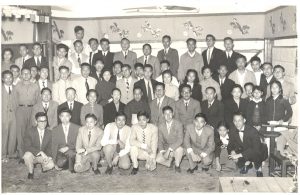 |
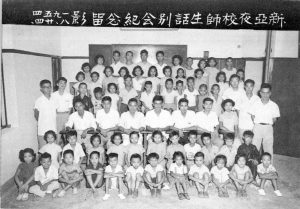 |
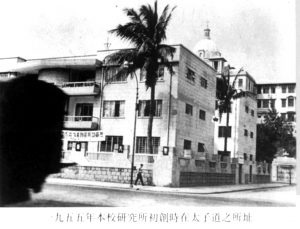 |